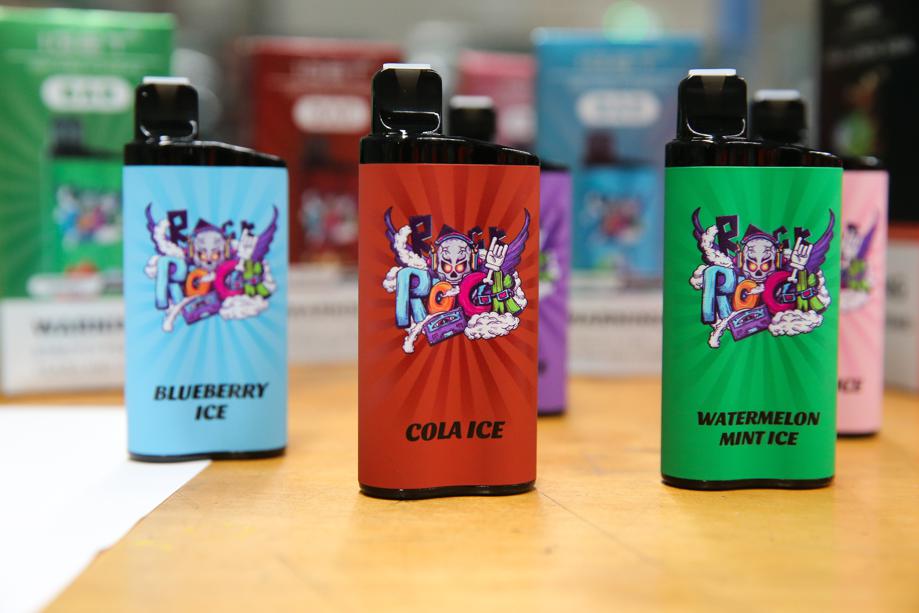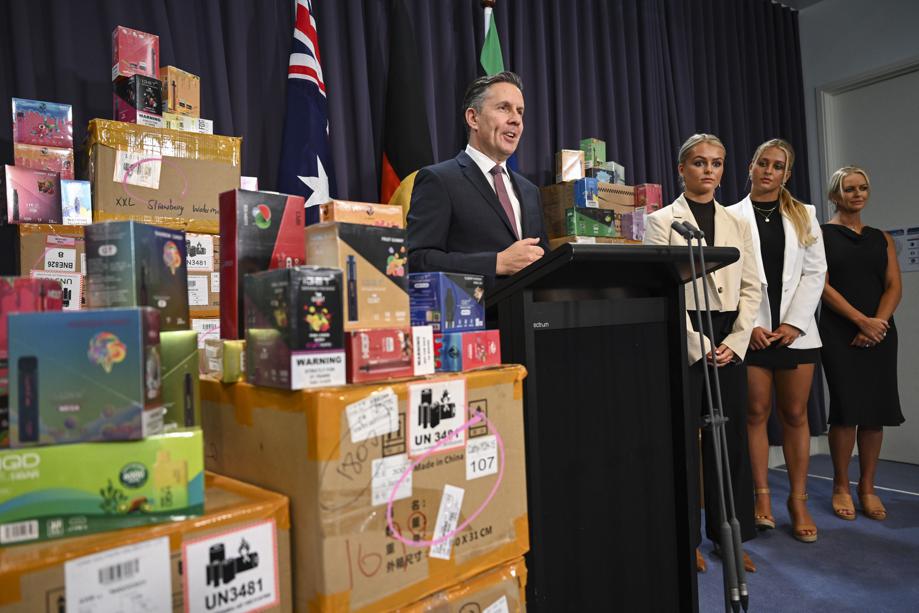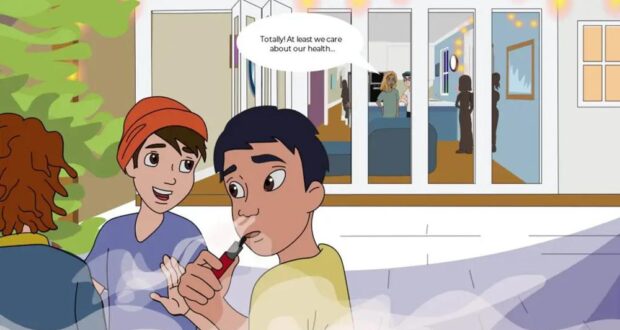A new federal vaping prevention program has been rolled out in Australian high schools to curb a worrying rise in vaping among teenagers, after data revealed nearly one in 10 people over the age of 14 used e-cigarettes.
The OurFutures program was developed by researchers at the University of Sydney’s Matilda Centre and is now underway in 40 schools across Australia with more than 5000 students participating.
About 250 schools will be granted early access to the program this year until its made available to all schools in 2025.
Sydney University Professor Emily Stocking said demand for similar anti-vaping programs will increase as nicotine addiction rates among people continue to rise.
“We are seeing young people addicted to nicotine at rates we’ve not seen for decades,” Professor Stocking said.
“Preventing nicotine dependence before it develops is the best approach, because it impacts brain development and is incredibly difficult to quit.”
“Programs like Our Futures are not only backed by rigorously tested evidence, but are developed in partnership with young people, parents, teachers and educators, and give young people a say in their own health decisions.”
The program is the first online anti-vaping prevention scheme in Australia and runs across four lessons that include a 20-minute “illustrated cartoon story”, an interactive discussion and a class discussion.
Its rollout come as federal and state governments prepare to fork out more than $364m in the next few years on programs to reduce vaping and smoking.

Rates of vaping among young people in Australia, however, are skyrocketing.
According to results from the most recent National Drug Strategy survey, rates of vaping among people aged 14 and over nearly tripled between 2019 and 2023.
NSW currently has the highest proportion of young people who use vapes and smoke cigarettes.
Health data released in January shows that statewide vaping rates among people aged between 16-24 increased to 16 per cent in 2022-23, up from 4 per cent two years prior.
Professor Stocking said young boys are more likely to vape than girls, with rates of e-cigarette use far higher in socio-economically privileged areas due to cigarettes being more common in the regions.
“We also need to look after people who are in rural and regional areas because they have fewer services. We need to look after young people who identify as Aboriginal or Torres Strait Islander,” she said.
“We also need to look out for people who identify as LGBTIQ+ as well. These are the young people who have higher risks of vaping.”

Health Minister Mark Butler said more than 560,000 illegal vapes have been seized at the border since disposable vapes were outlawed in January.
He flagged laws due to be passed by July that will outlaw the sale and supply of any vape other than for prescription.
“We know that this is not just a public health menace, it is substantially interfering with the education and the learning of our youngest Australians,” Mr Butler said on Wednesday.
Do you have an idea for a story?Email [email protected]
 Education Review The latest in education news
Education Review The latest in education news
